A Southwest Airlines flight made an urgent landing after a passenger’s battery charger began smoking mid-flight. The plane, originally flying from Baltimore to Tampa, diverted quickly to Myrtle Beach. Because of the smoke risk, the crew acted fast and landed the plane safely. Afterward, another aircraft took passengers to their final destination.
As more travelers carry electronics, lithium-ion battery safety grows more urgent. These batteries, found in chargers and phones, can overheat suddenly. When that happens, they release heat and smoke, which endanger everyone on board. Therefore, airlines must monitor these devices more closely than ever.
Following this incident, Southwest Airlines updated its safety procedures. Now, the airline requires passengers to keep chargers and power banks visible at all times. Moreover, passengers cannot use or charge devices when stored in overhead bins or bags. These changes reduce hidden risks and allow crews to respond immediately.
Importantly, experts say that fast action prevents fires from spreading. In this case, the crew handled the emergency quickly and avoided injuries. However, similar events have occurred recently, proving the issue remains a serious concern. Earlier this year, another Southwest Airlines flight returned to the gate after a phone battery ignited during taxiing.
Meanwhile, an international flight also suffered a severe cabin fire linked to lithium batteries. That fire destroyed parts of the cabin, even though passengers escaped unharmed. Clearly, the risk isn’t limited to one airline or country.
Because technology keeps evolving, airlines must stay ahead of safety threats. Southwest Airlines shows leadership by acting swiftly and updating its policies. With better monitoring and clear rules, the skies stay safer for everyone.
Related stories:
Catch up on the top stories and travel deals by subscribing to our newsletter!

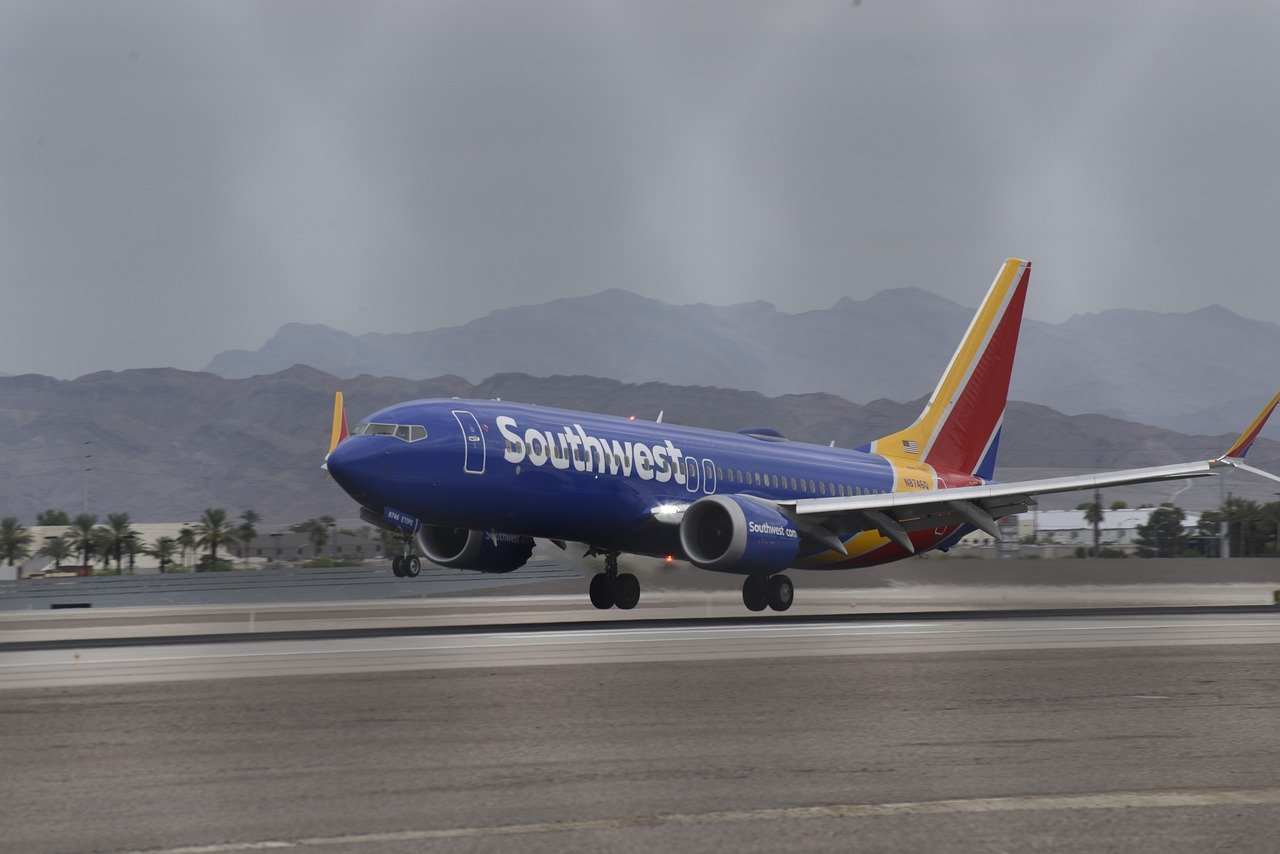

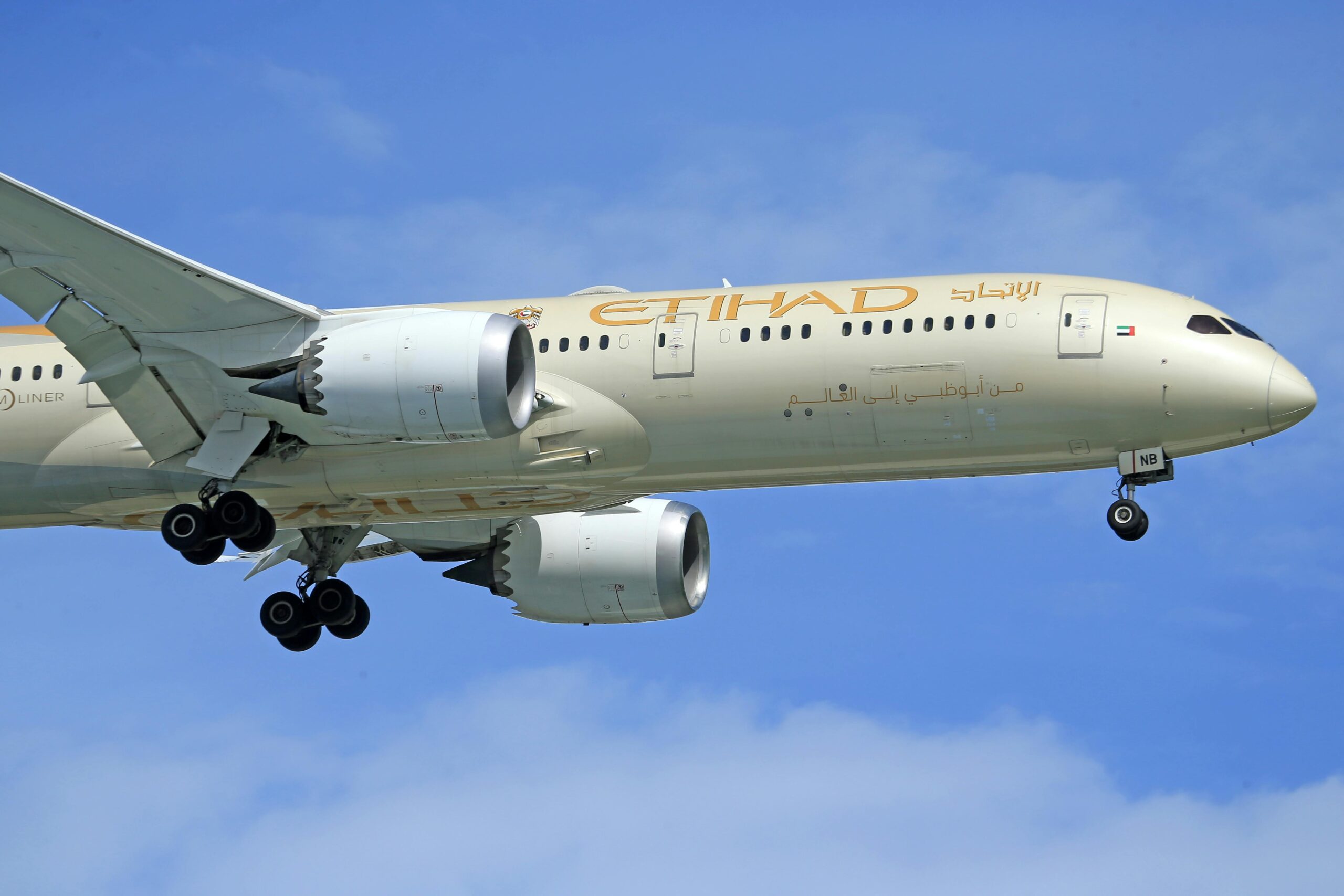
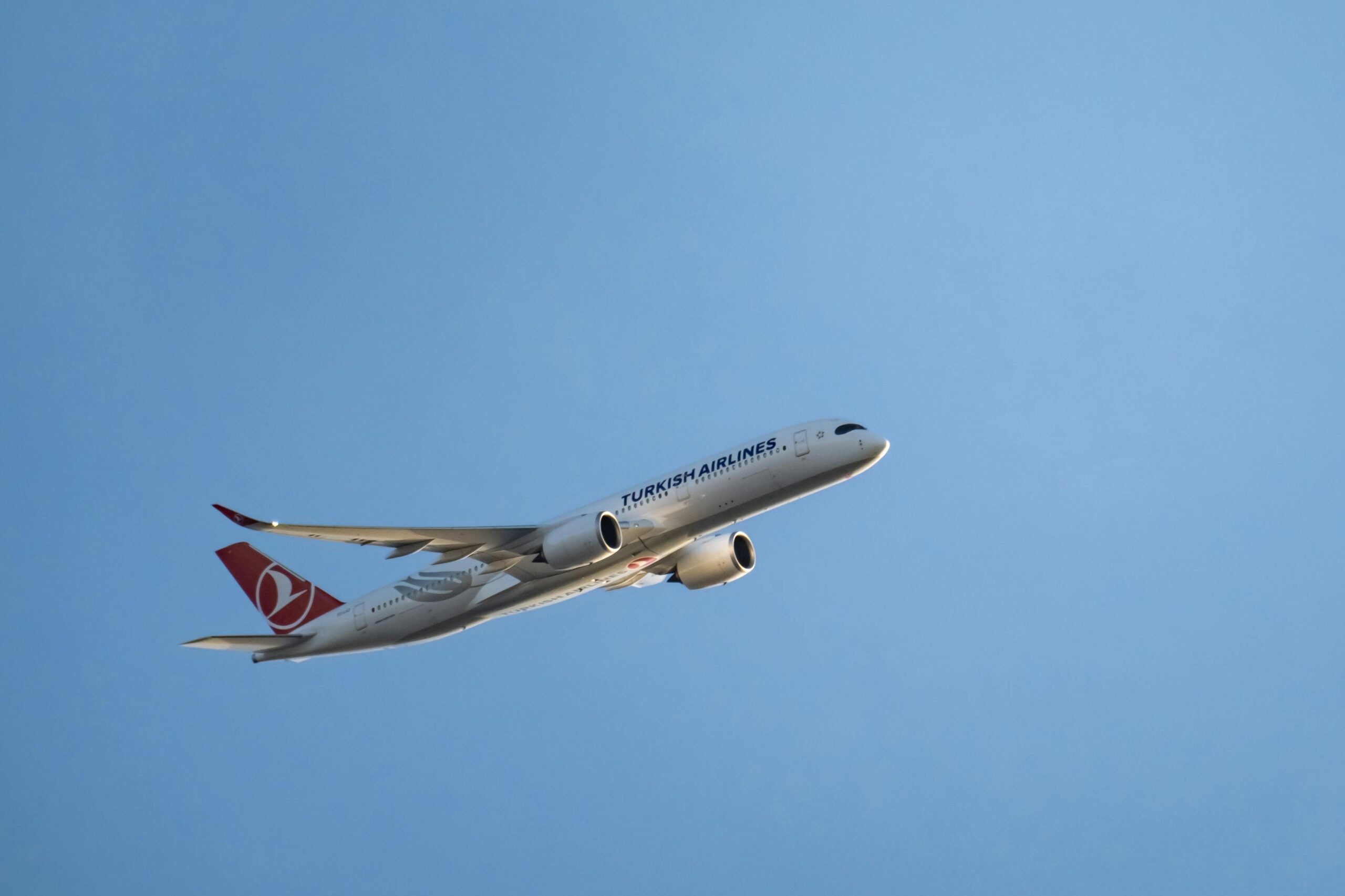
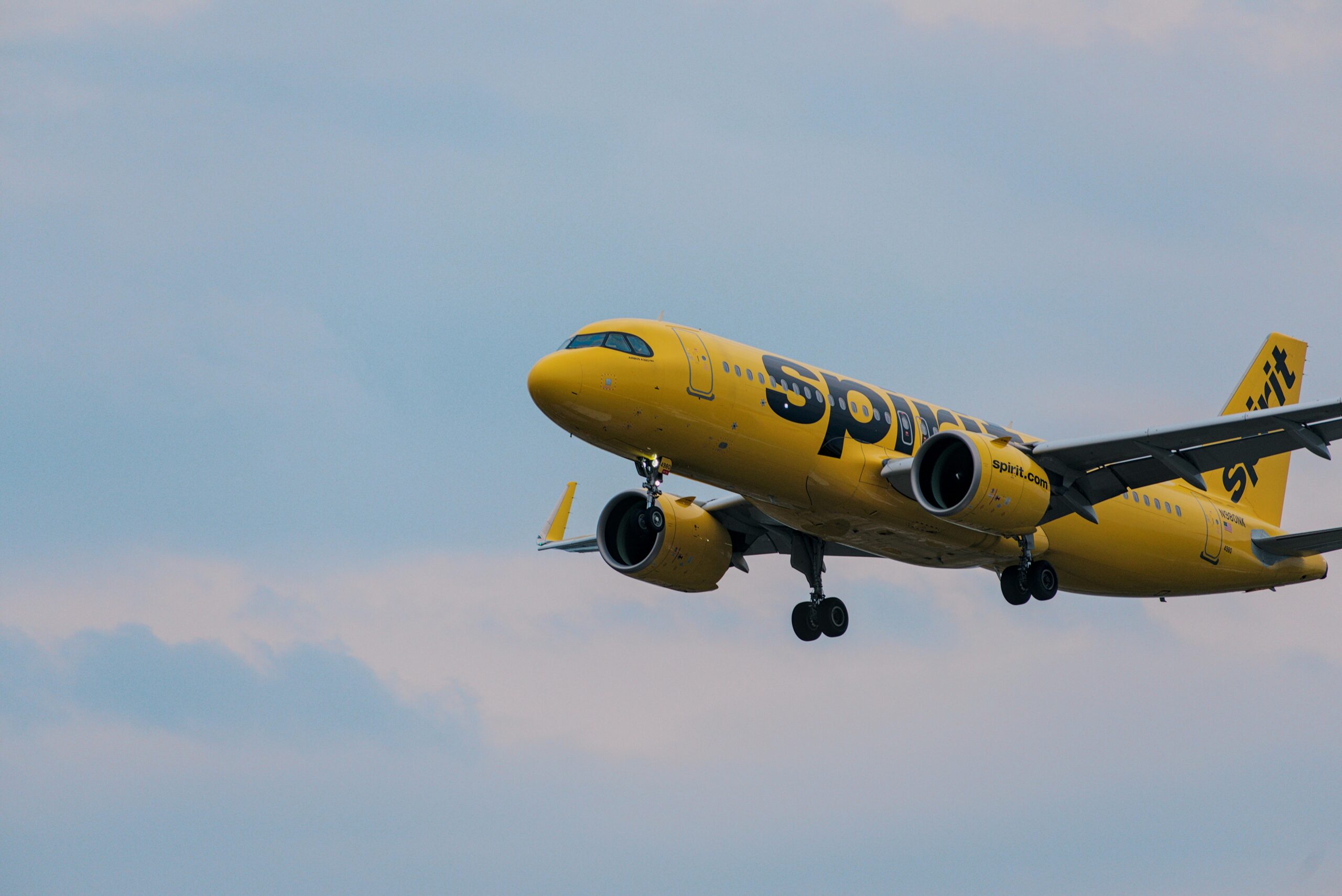
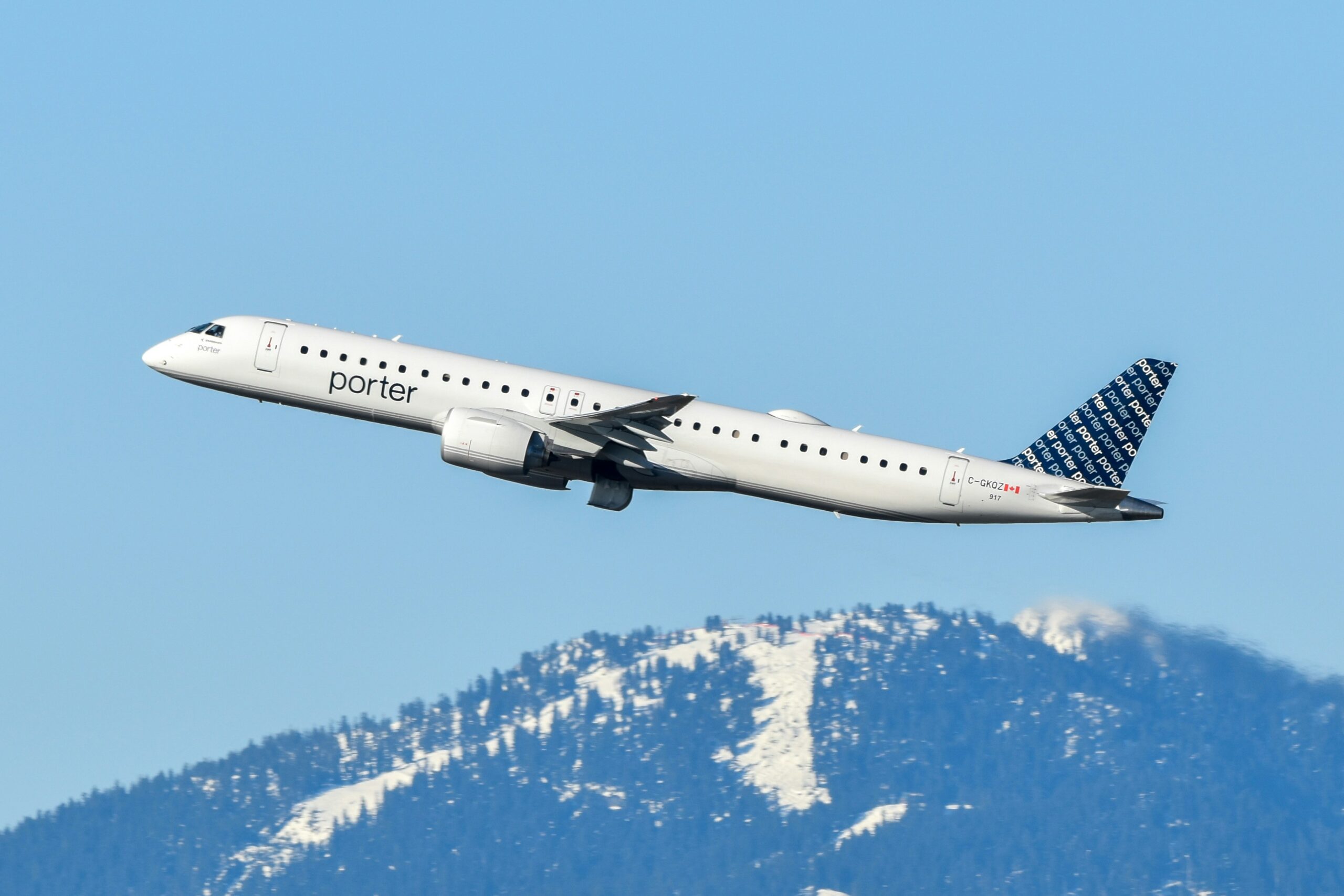
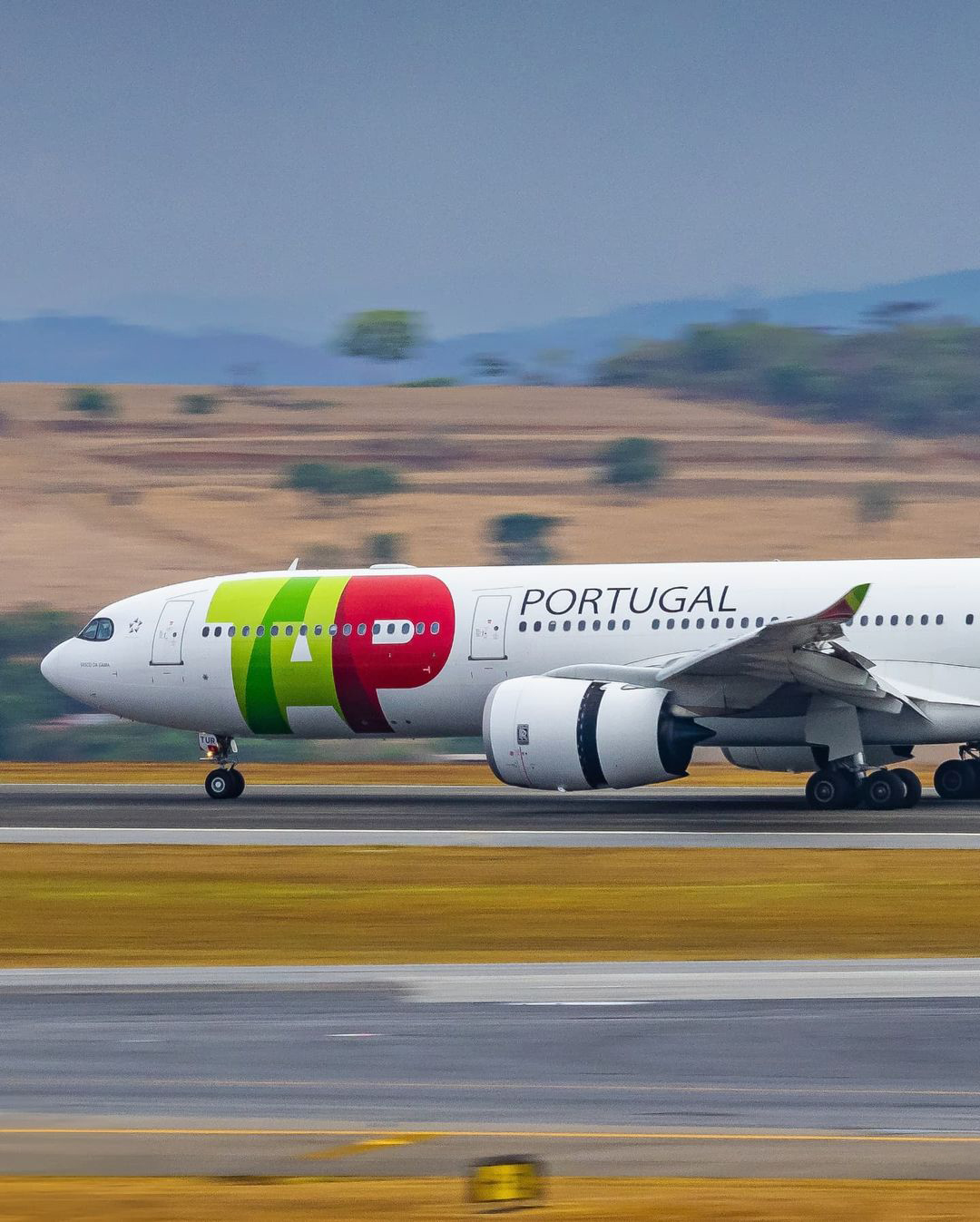

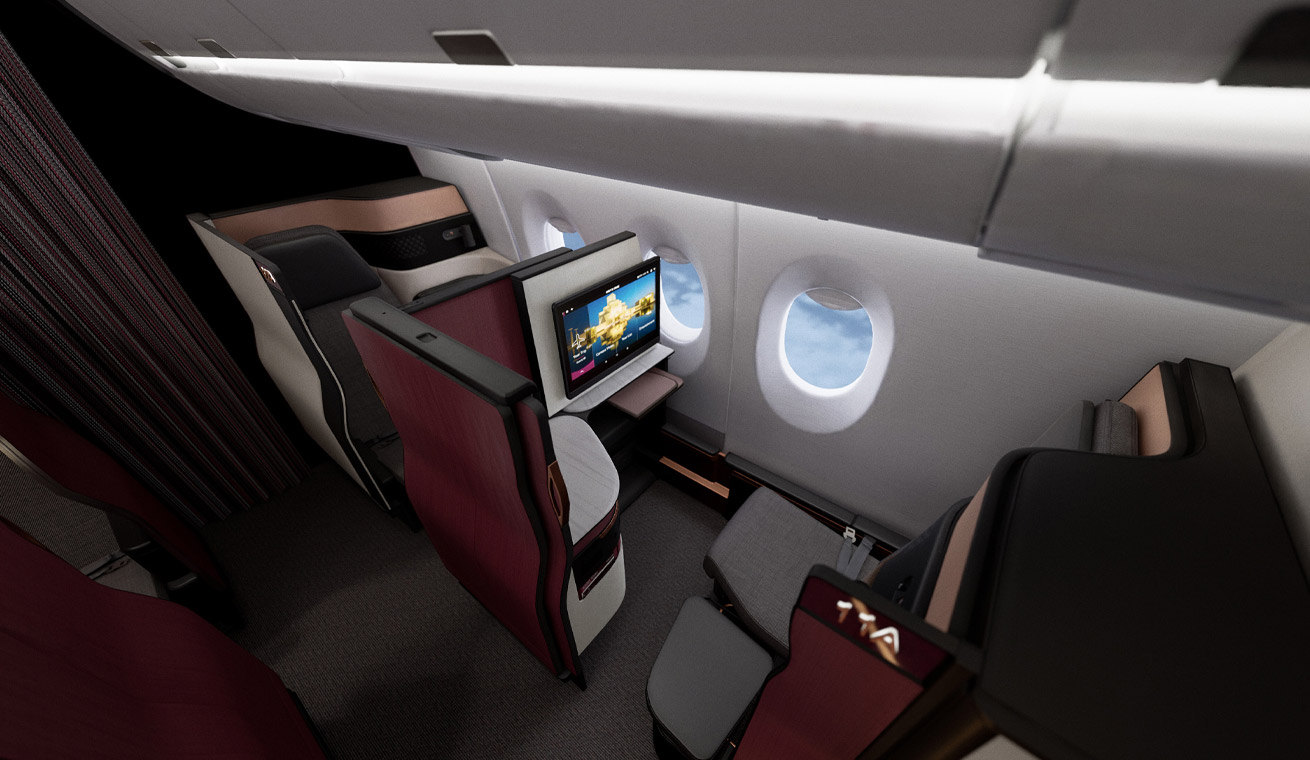


Leave a Reply